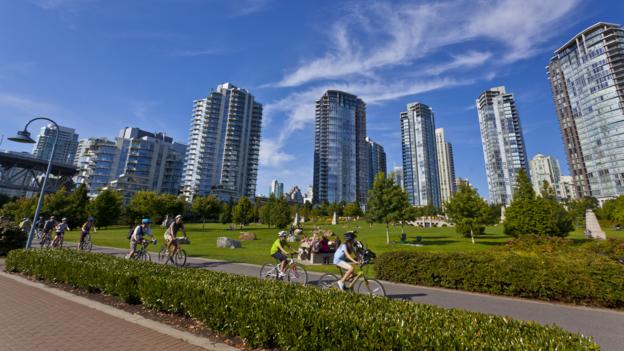
The first step to creating the great cities of our future is to create them accessible to their inhabitants. Congestion, traffic, and exhaust fumes are all complaints common to citizens of many major cities in the world today. Numerous cities are currently built not for people, but rather for cars.
Several countries have already begun work transitioning their cities into a more livable form, including a number of European candidate cities participating in the “COST Action project”, which brings together experts and non-experts to investigate modern ways in which city planners can promote “well being, good health, and a sustainable use of resources”. Besides the aforementioned, an efficient system of people-friendly transportation can eliminate the hours lost by workers in traffic as well as contributing to social inclusion when affordable means of transportation are made available to everyone.
Global metropolises have been among the first to take action to make their cities more people-friendly. New York City has adopted the “World Class Streets” initiative as a part of their twenty-year “PlanNYC for a greener and greater New York” vision. This strategy features the conversion of many public spaces for the purpose of creating an effective, wide-reaching cycling network to get around the city. Melbourne and Mexico City are among others who have followed in their work towards making their urban landscapes more accessible.

Aside from the more well-known cities of the world, Medellin, Colombia, is the poster child for people-friendly cities. With networks of outdoor escalators and a fully-integrated cable car system, its impressive innovation has given Colombia regard as one of the foremost leaders of urban design, beating out many Western nations including Canada. Medellin’s architect was faced with a huge challenge: The entirety of the city and its 20 thousand inhabitants are situated on steep, mountainous terrain. In fact, the location of the city itself is a hindrance to the efficient transportation of its citizens around it.

To work around this geographical obstacle, The Gondola Project was born. Composed of numerous cable cars that link together the entire city along with other modes of transportation, it was built at half the cost of a typical light-rail system and is more environmentally friendly than more conventional methods of public transportation such as buses and subways. The outdoor escalator system cost the city only $6 million, which is a fraction of the cost of Calgary’s $1.2 billion budget for the 2011 extension of the LRT system. On Medellin’s successful design, former Vancouver city planner Brent Toderian comments, “It’s about repurposing technologies that are used elsewhere and realizing they can be helpful to a modern city.”
At the current time, Calgary is the fifth-most congested city in Canada. However, Calgary is also a beautiful city with the potential to be so much more. By following the lead of many others, a more people-friendly, environmentally conscientious Calgary can be in our future.
Sources:
“Urban planning innovation puts Colombia ahead of Canada”, from CBC News
“People-Friendly Cities Action”, from Da Vinci Institute
“The cities of the future are people-friendly cities,” from Gehl Architects via Denmark.dk
“Calgary ranked fifth-most congested in Canada,” from CBC News
